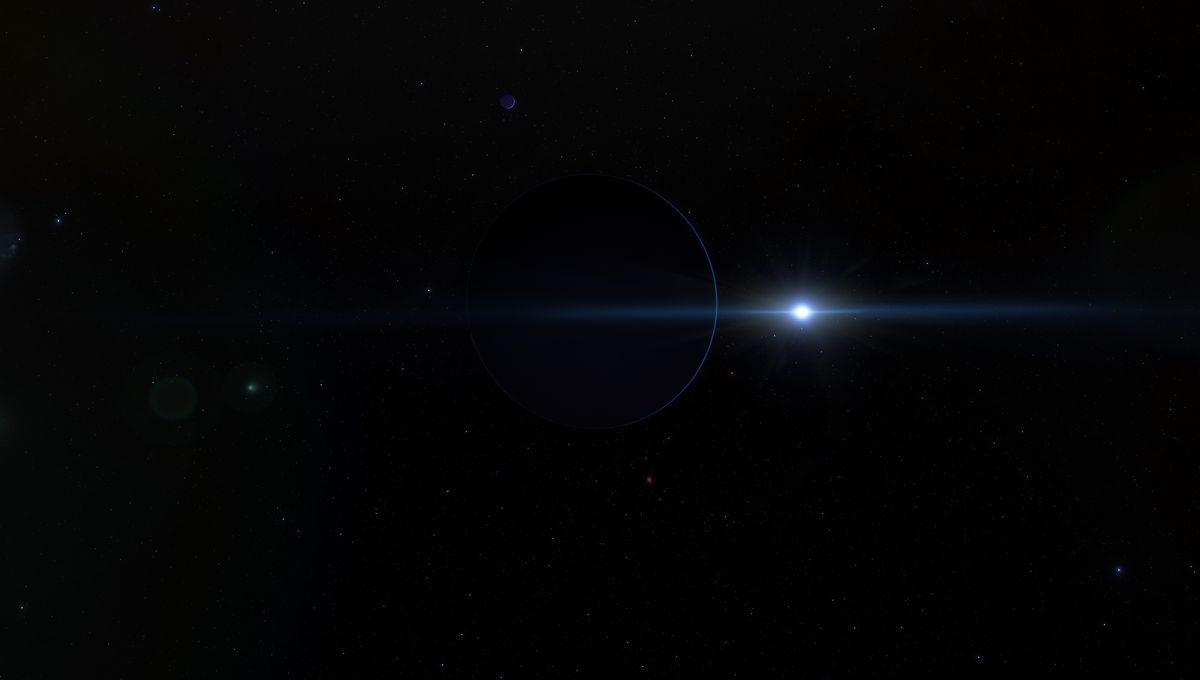
Most exoplanets that have been discovered over the last few decades happened to go around stars that are roughly the same size as the Sun. Some are a bit bigger and many a lot smaller. Planets have been discovered around pulsars, the extreme end product of supernovae, so astronomers expect that planets are to be found around the massive star that will one day explode as a supernova. Two such planets have recently been discovered and the whole setup looks like a blown-up version of our own Solar System.
The star in question is called μ2 Sco which is part of the Scorpius-Centaurus association. This is a group of young stars, no older than 20 million years. Among them, μ2 Sco (pronounced Mew two, yes like the legendary Pokemon) is a massive, blue, hot star that weighs about nine times our Sun. The observations conducted in this study suggest the presence of two candidate companions.
These are called CC0 and μ2 Sco b. The first has not been confirmed completely yet. It appears to have a mass of about 18.5 times that of Jupiter. The team is confident in the detection of the second one, which has a mass of about 14.4 Jupiters, so it gets the proper planet name. The team uses the term planet.
It is not obvious that these two objects are planets. They are so heavy that they might be brown dwarfs, stellar objects that were not massive enough to start nuclear fusion. The team has estimated that their properties are more similar to planets than failed stars, so they are going with the assumption that they formed and are planets. The boundary between the two classes is nebulous at best.
The proportion between the mass of the star and that of the planets is not much different from the Sun-Jupiter ratio, suggesting that maybe massive stars make massive planets. But there is another striking similarity to our Solar System. The innermost candidate planet is located 21 astronomical units from the star; that is 21 times the Earth-Sun distance, or roughly where Uranus is located. μ2 Sco b instead is located at 290 astronomical units. That’s over nine times the distance between Pluto and the Sun.
But the star is so bright that CC0 is getting as much light as Mercury does in our solar system. And that μ2 Sco b is getting as much light as our own Jupiter does. This is the first confirmation of such a system around a star that will go supernova. The object was found as part of the B-star Exoplanet Abundance STudy (BEAST), using the Very Large Telescope and the European Space Agency’s Gaia observatory.
A paper detailing the results is published in Astronomy & Astrophysics.
Source Link: Scaled-Up Version Of Solar System Discovered Around Star That Will Go Supernova